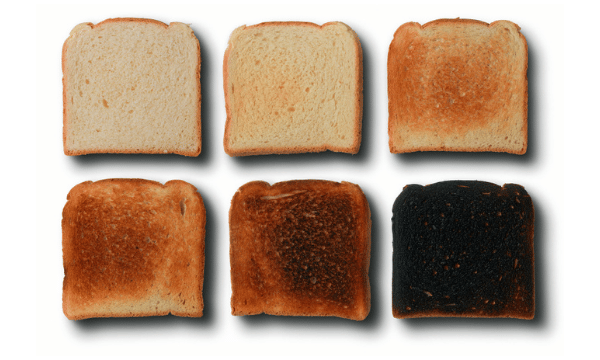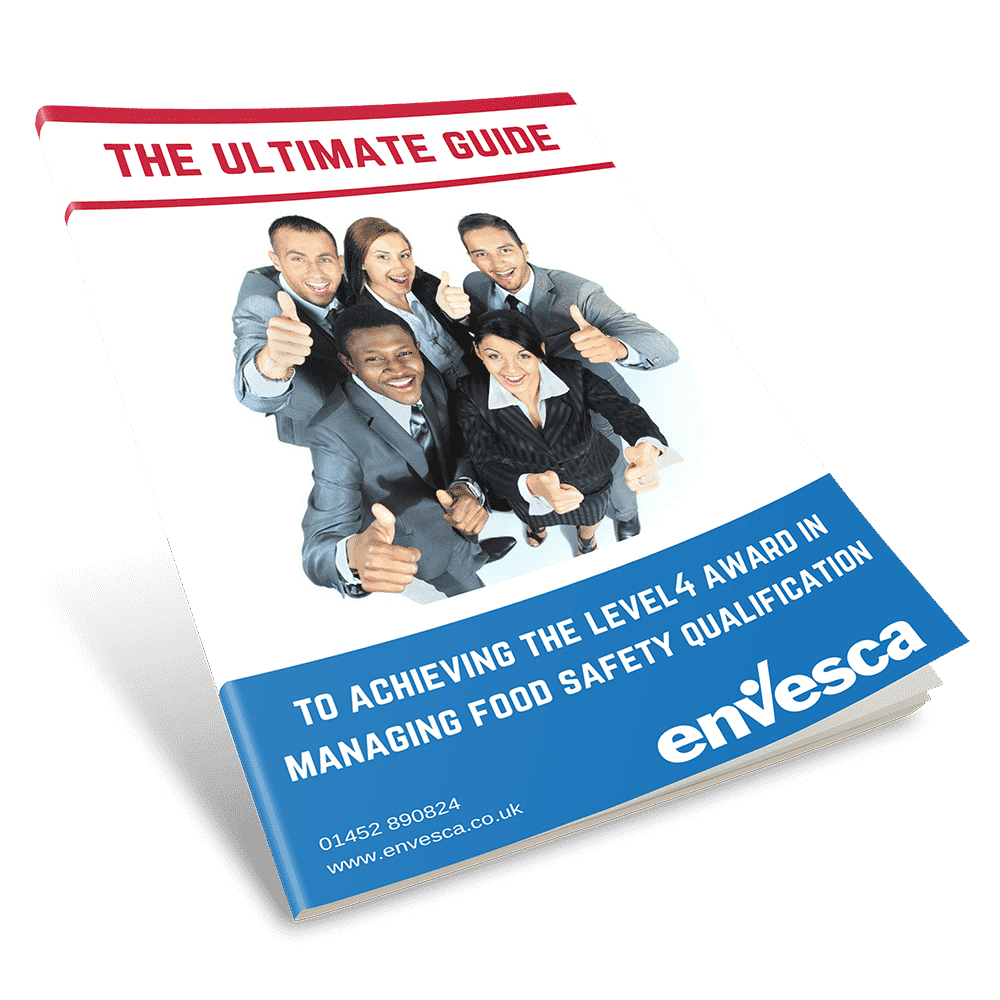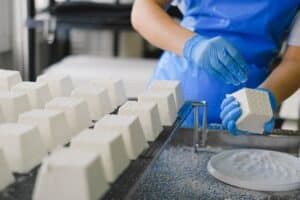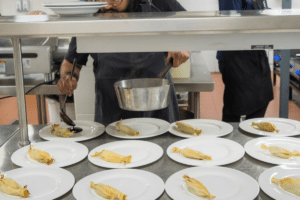What Is Acrylamide?
Acrylamide is a chemical substance that can form in some foods during high-temperature cooking processes, such as frying, roasting, and baking. It is a natural by-product of the cooking process and has always been present in our food.
Why is it dangerous?
Tests have shown that acrylamide in food causes cancer in animals. It also has been found that it has the potential to cause cancer in humans too. Therefore the amount we consume must be reduced.

What foods are high in acrylamide?
Starchy foods such as potatoes and bread are a common source of acrylamide. It is a natural by-product of the cooking process, therefore once cooked, it is present in the following foods:
- roast potatoes and root vegetables
- chips
- crisps
- toast
- cakes
- biscuits
- cereals
- coffee
If you were to attend one of the following food safety courses, we discuss this in detail.
Highfield Level 3 Award in Food Safety
Highfield Level 4 Award in Food Safety
What type of cooking leads to acrylamide?
Acrylamide is created when cooking at high temperatures. The type of cooking that can produce the chemical includes:
- baking
- frying
- roasting
- grilling
- toasting
What can you do to reduce the level in food?
The best way to reduce the level in food is to pay particular attention to the cooking process. Monitoring the process will be critical to significantly reducing the amount of acrylamide consumed.
We recommend that you follow the steps below:
- cook to a golden yellow colour when frying, baking, toasting or roasting starchy foods
- follow cooking guidelines and instructions on the packaging when cooking chips or roast potatoes
- eat a healthy balanced diet and ensure to get your five a day to help reduce the risk of cancer
- do not store potatoes in the fridge as this can lead to the formation of more free sugars which in turn can encourage acrylamide to form. Store potatoes in a cool, dark place at a temperature above 6ºC.
How much is safe?
Acrylamide has had a risk assessment carried out to determine how safe it is in our food. The risk assessment established that it is not possible to estimate what a safe level is.
To keep acrylamide to a safe level, the European Food Safety Authority has suggested using the “margin of exposure” approach. Stringent monitoring and recording procedures are required to keep the level of acrylamide to a minimum during the cooking process.
Is it found anywhere else?
Acrylamide is found mainly in food made from plants such as potato products, grain products or coffee. Acrylamide does not form at lower levels with products such as dairy, meat and fish.
Generally, it is more likely to accumulate when food is cooked for long periods at high temperatures
If you have a question or enquiry about food safety, please call the team on 01452 502113 or complete our enquiry form.
Find this helpful?
Signup to our email notifications to receive alerts when we publish new blogs. We promise not to spam your inbox, you will just get a short snappy intro to Health and Safety articles we think you will love.
"*" indicates required fields

The Ultimate Guide to Passing the Level 4 Food Safety Examination
If you’ve got a question or query, please contact our super friendly team, they will be delighted to help you!
Simply get in touch via phone or email.

Free
Resources &
Downloads
Informative. Useful. Practical.
Here at Envesca we believe that we are good at giving proactive, sensible and useful advice. Below you will find some free resources that you can download on a host of subjects that will help you and your business.
Training Available
Envesca offer a number of different training courses, which offer advice and guidance on these topics.




